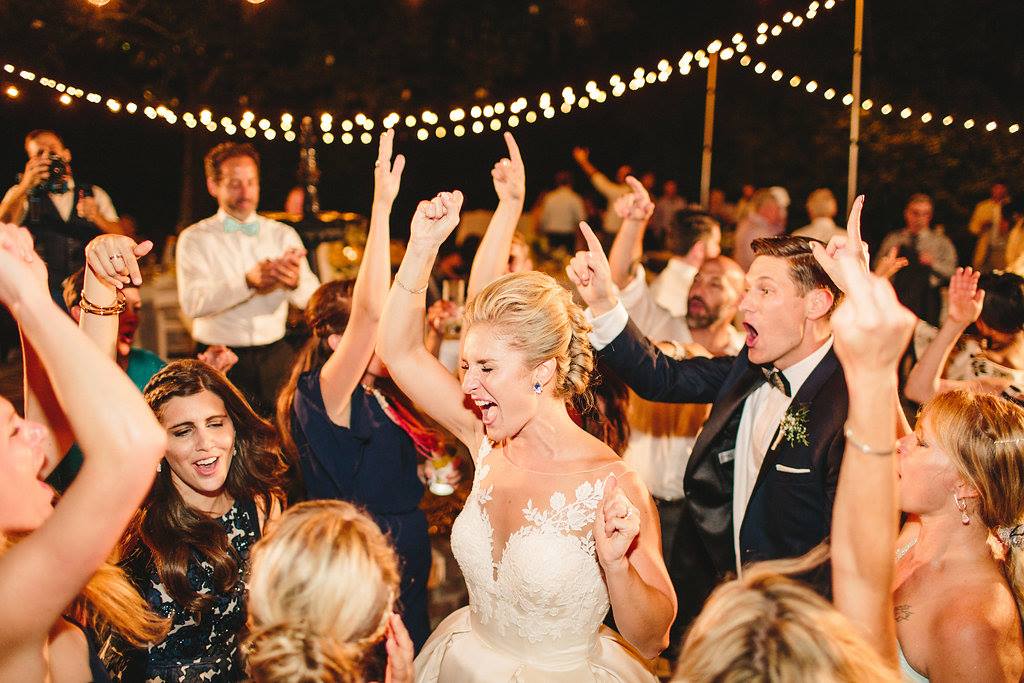Winship’s Guide to Buying an Engagement Ring Step 3
Selecting a Quality Diamond: The Four C’s
So you’ve selected a band. We now move to the focal point of most engagement rings: the diamond. For many men, purchasing a diamond can seem like a daunting task, but with a bit of knowledge, you can walk out of a jewelry store with a stone your fiancé will be dying to show off to her friends. Visit the very well educated staff at Croghan’s Jewel Box In Charleston S.C.
When selecting a diamond, you’ll want to take into account the “4 C’s:” cut, color, clarity, and carat weight. All four of these factors determine the quality and cost of the diamond.
Cut. Cut doesn’t refer to the shape of the diamond, but rather the angles and proportions of the stone. While nature determines the other three C’s, the diamond’s cut is determined by a cutter. A well cut diamond reflects light from one facet to another and projects the light through the top of the stone. This is what gives a diamond its sparkle. Diamonds that are cut too deep or too shallow leak light through the bottom or the side of the stone, resulting in a lackluster appearance.
Out of all the four C’s, cut is the most important. Even if you have the perfect color, clarity, and carat, if the cut isn’t right, the diamond won’t have that fiery brilliance that your fiancé will show off to her friends.
Color. To many men’s surprise, diamonds come in a variety of colors. Diamond color is graded on a scale that ranges from D (colorless) to Z (light yellow). Truly colorless diamonds are the most rare and most expensive. White color diamonds are the most popular. But when it gets down to it, diamond color is all about preference. Look back at your notes from your ring reconnaissance to see what your lady prefers.
Clarity. The fewer imperfections a diamond has, the more clearly, and consequently, more expensive it is. When the jeweler starts discussing the clarity of the diamond, he or she will probably mention the diamond’s “inclusions.” Inclusions are other minerals or tiny fractures in the diamond. The fewer inclusions the better.
Like color, clarity is measured on a scale. SI1 and SI2 are slightly included but you won’t be able to see the imperfection with the naked eye. Try to find a diamond in this range.
When looking at a diamond, avoid stones with inclusions on the top and in the middle, as this can impact the dispersion of light, making it less brilliant.
Carat Weight. Carat refers to the weight of a diamond. The heavier the stone, the more you’re going to pay. However, there’s no need to get too caught up on the carat weight. Through proper mounting and shaping, a master jeweler can make a diamond appear larger than its carat weight might suggest.
Selecting the Diamond Shape
In addition to the four C’s, you’ll also want to take into consideration a diamond’s shape. The shape of the diamond is all a matter of your girlfriend’s preference. Below, we list a few of the possible shapes you can get a diamond in
Round A round diamondis the classic and timeless diamond shape.
Princess The Princess is a square diamond and is the most popular shape for engagement rings right now.
Pear, Oval and Heart
Happy Beginnings, Mike







